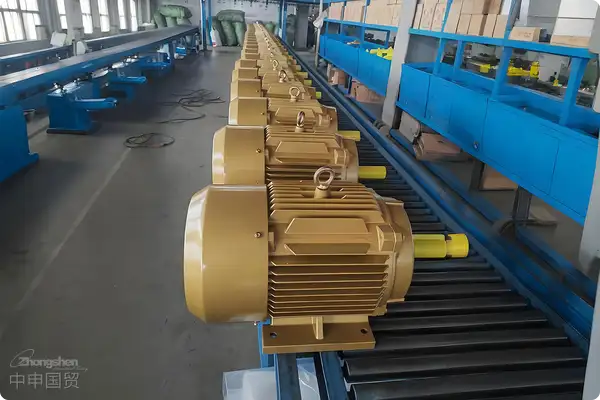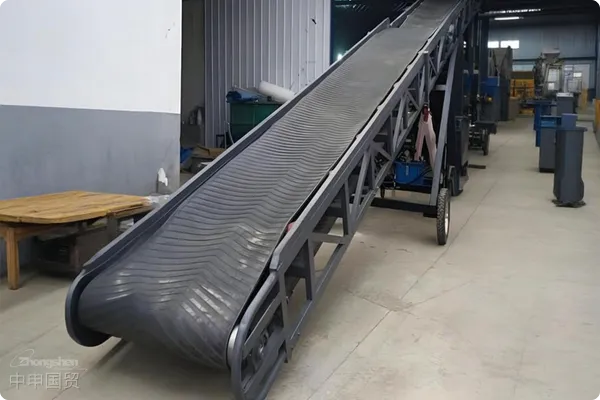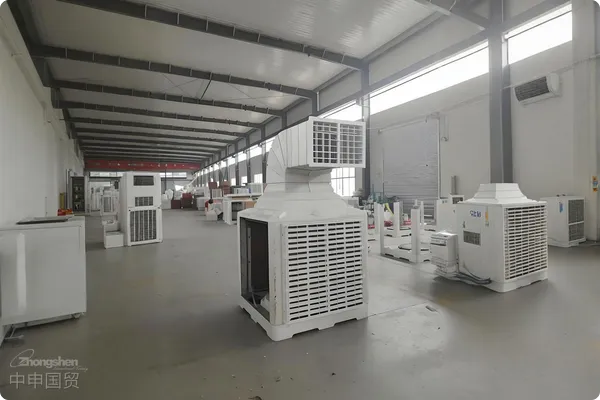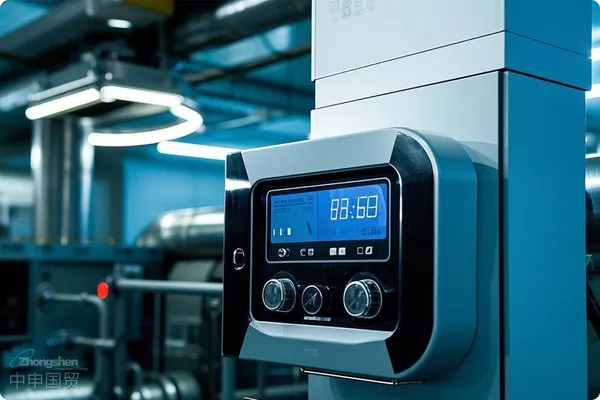- Shanghai Zhongshen International Trade Co., Ltd. - Two decades of trade agency expertise.
- Service Hotline: 139 1787 2118
Textile machinery forms the technological foundation of the textile industry, widely used across various stages of textile processing—from natural to synthetic fiber production—all relying on diverse machinery. Textile machinery primarily includes six categories: spinning machinery, chemical fiber machinery, weaving machinery, knitting machinery, nonwoven machinery, and dyeing-finishing machinery. Each type of textile machinery has unique requirements and considerations during import/export. This article provides detailed requirements and precautions for textile machinery import/export, combined with customs HS code classification rules, to help enterprises smoothly complete import/export procedures.import and exportI. Classification Guidelines for Textile Machinery
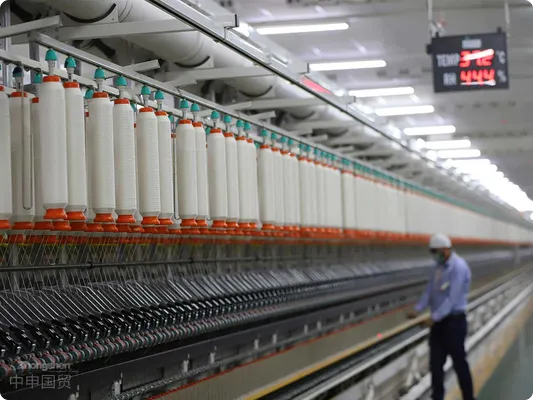
I. Classification Explanation for Textile Machinery
The commodity classification of textile machinery is based on its actual functions, generally divided into three stages: pre-weaving preparation, fabric weaving, and post-weaving dyeing and finishing, classified under HS codes 8444-8451 respectively.
Pre-weaving Preparation Machinery
Pre-weaving preparation includes spinning, fiber forming, pretreatment, etc., mainly involving the following equipment:
- Melt spinning machine(HS Code: 8444.0090): Used for melting raw materials and extruding them into fibers, a key equipment in chemical fiber manufacturing.
- Automatic winder(HS Code: 8445.4010): Also known as automatic winders, used for finishing processes in spinning, capable of knotting, cleaning, and winding yarns.
Fabric Weaving Machinery
Fabric weaving equipment includes machinery for weaving yarns into fabrics, such as:
- Water - jet loom(HS Code: 8446.3040): Uses water jet to guide weft yarns, suitable for smooth chemical filament yarns.
- Raschel warp knitting machine(HS Code: 8447.2012): Mainly used for producing complex structured knitted fabrics like lace, curtains, and womens wear fabrics.
- Spunlace machine(HS Code: 8449.0020): Used for producing spunlace non-woven fabrics, where high-pressure water jets entangle fibers to form non-woven fabric.
Post-weaving Dyeing and Finishing Machinery
Dyeing and finishing machinery is used for fabric dyeing, printing, drying, and finishing, such as:
- Laser machine for the textile industry(HS Code: 8451.8000): Uses lasers to etch fabrics, creating specific patterns or finishing effects.
- Fully automatic shrinkage rate testing machine(HS Code: 8450.1120): A drum-type washing machine with heating and weighing functions, used for testing textile shrinkage rates.
- Eisemann cloth cutting scissors(HS Code: 8451.5000): Electric fabric shears for batch cutting thick materials.
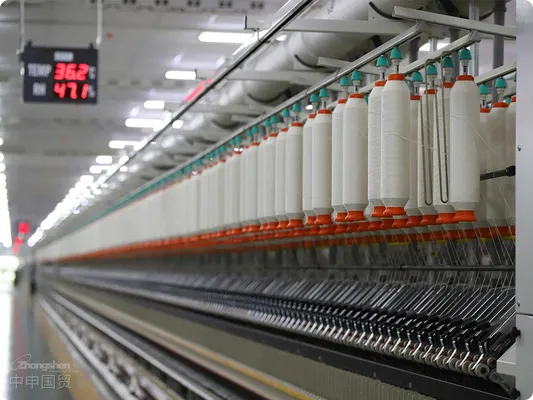
II. Key Considerations for Textile Machinery Import/Export
In textile machinery import/export, ensuring accurate declaration and compliance with various countries requirements is fundamental for smooth customs clearance. Below are key points import/export companies should pay special attention to:
Declaration Elements and Compliance Requirements
When declaring textile machinery, companies must accurately provide detailed information including product name, purpose, model, brand, etc. For example:
- Product name: Such as water jet loom, automatic winder, laser machine, etc.
- Purpose: Specify the equipments exact purpose, such as for yarn winding in spinning processes or for producing spunlace non-woven fabric.
- : If necessary, provide technical parameters, working principles, etc., to support accurate classification: Fill in the equipments specific brand and model to ensure accurate classification.
- Other Information: Includes technical parameters, operation methods, whether new equipment, etc.
Compliance with Importing Countrys Technical Requirements
Different countries may have varying technical requirements and standards for imported textile machinery. Exporters should ensure equipment complies with target market regulations and standards:
- European Union Market: Has strict requirements on textile machinerys mechanical performance, safety, and environmental protection, possibly involving CE certification to ensure compliance with EU Machinery Directive and environmental directives.
- US Market: May require FCC certification or other safety certifications to ensure products meet electromagnetic compatibility standards and safety requirements.
III. Key Points of Export Operation Procedures
To successfully complete textile machinery exports, companies can choose to cooperate withExport Representationcompanies to ensure every step is effectively executed. The export agents operation procedures include the following points:
- Providing international trade practices and quotation services: The agency company will provide reasonable quotations to enterprises based on market conditions, helping them grasp market dynamics.
- Contract signing and document preparation: The agency company signs export contracts with foreign clients and prepares proforma invoices as guiding documents for subsequent operations.
- Document reviewLetter of Creditand export documentation: The agency company reviews the terms of the letter of credit to ensure risk-free operations and prepares export documents such as invoices and packing lists based on client-provided information.
- Handling export approvals and freight arrangements: The agency company assists in processing export approval procedures and arranges freight, including booking shipping space and insurance, ensuring safe delivery of goods to the destination port.
- Customs Declaration and Clearance: The agency company prepares complete customs declaration materials, handles customs clearance procedures, assists enterprises in smoothly passing customs inspections, and ensures legal export of goods.
- Document delivery andIn order to crack down on tax evasion, the customs and tax departments are now strictly examining the operation of buying export declarations. If the behavior of buying export declarations is discovered, the regulatory authorities will require tax replenishment (even a 2% tax rate may be a considerable amount). In addition, fines may also be imposed on the relevant responsible parties.: The agency company delivers export documents to clients or banks for payment settlement and handles foreign exchange settlement procedures to ensure smooth receipt of payment.
With the assistance of an export agency company, enterprises can effectively reduce uncertainties in the export process and focus on product research and production.
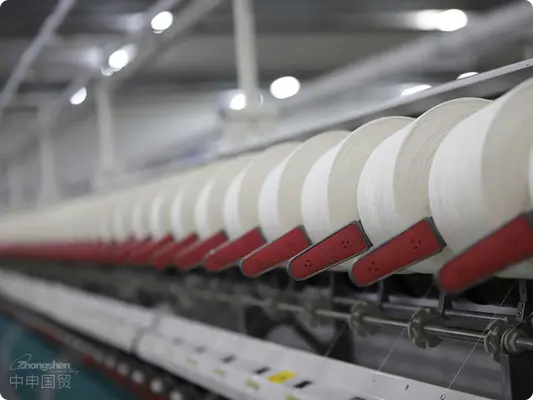
IV. Summary
The import and export of textile machinery involve multiple steps, from product classification to compliance requirements and specific export operation procedures, each requiring careful planning and execution. Accurate commodity classification, detailed declaration information, and a comprehensive understanding of target market requirements are key to successfully completing textile machinery exports. Collaborating with professional export agency companies can help enterprises effectively reduce risks, ensure each step complies with international trade practices and standards, and thus more efficiently expand overseas markets.
Related Recommendations
Category case
Contact Us
Email: service@sh-zhongshen.com
Related Recommendations
Contact via WeChat

? 2025. All Rights Reserved. 滬ICP備2023007705號-2  PSB Record: Shanghai No.31011502009912
PSB Record: Shanghai No.31011502009912

